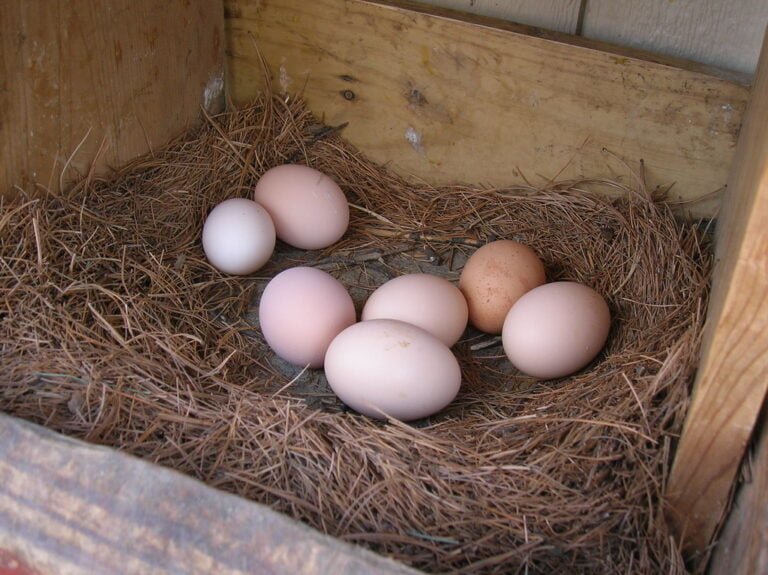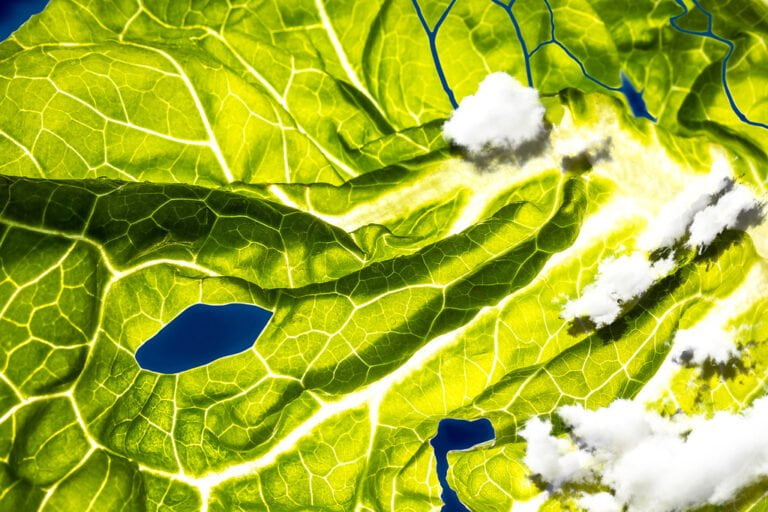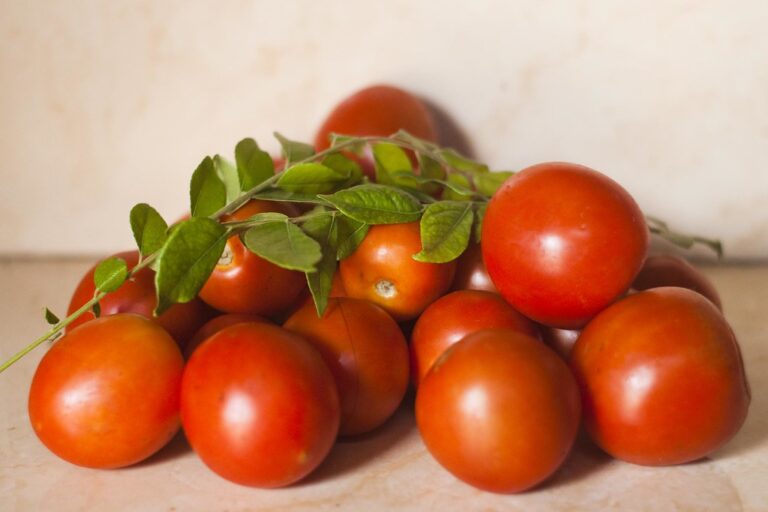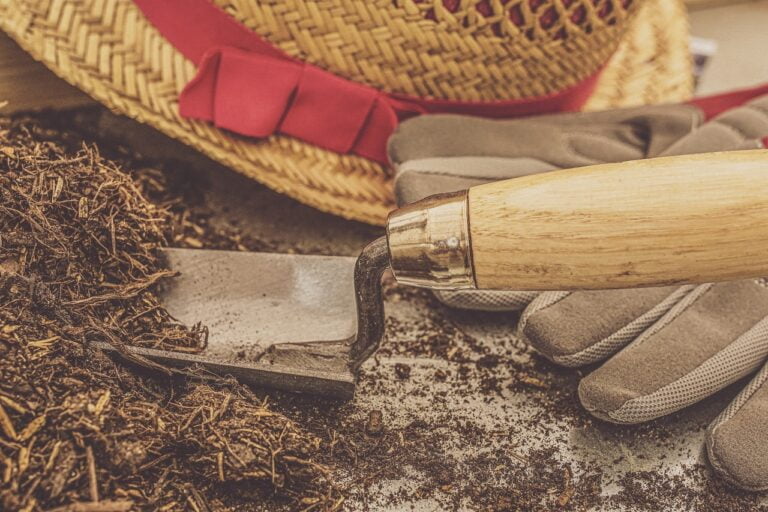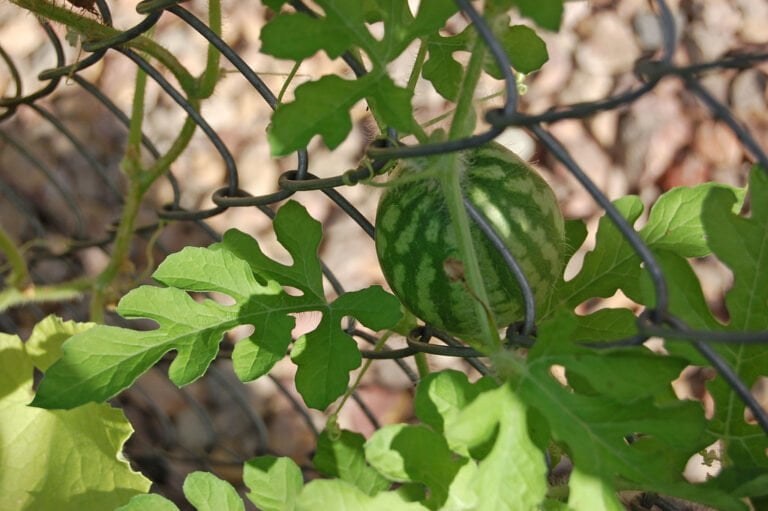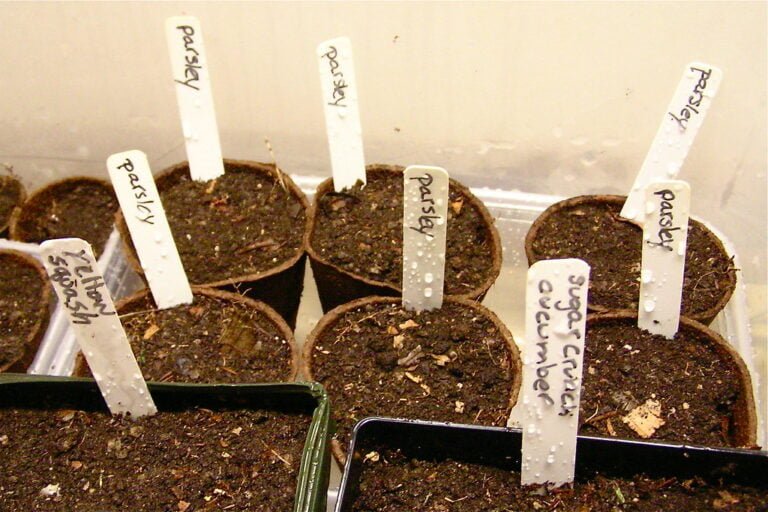Preventing Chicken Water From Freezing: a Comprehensive Guide
Are you tired of dealing with frozen chicken water in the winter? Look no further! This comprehensive guide will provide you with practical tips and tricks to prevent your chicken water from freezing. From choosing the right water container to implementing heating elements in your coop, you'll learn everything you need to ensure year-round water access for your feathered friends. Say goodbye to frozen water and keep your chickens happy and hydrated!
Understanding the Risks of Frozen Chicken Water
Understanding the risks of frozen chicken water is essential for ensuring the health and well-being of your flock. When the temperature drops, the water in your chickens' drinking containers can freeze, leaving them without access to clean, fresh water. This can lead to dehydration, decreased egg production, and even death in extreme cases. Frozen water also increases the risk of bacterial growth, as the ice can provide a breeding ground for harmful pathogens. To prevent these risks, it is crucial to regularly check and replace frozen water with unfrozen water. Insulating the water containers and using heated waterers can also help prevent freezing. Additionally, providing additional sources of hydration, such as warm water or warm broth, can ensure your chickens stay hydrated during colder months. Understanding these risks and taking proactive measures will help keep your flock healthy and thriving.
Choosing the Right Water Container for Your Chickens
To ensure your chickens have access to unfrozen water, it is important to choose the right water container for their needs. When selecting a water container for your chickens, consider the material, size, and design. Opt for containers made of durable and non-toxic materials like plastic or stainless steel. These materials are easy to clean and maintain. The size of the container should be appropriate for the number of chickens you have. It should be large enough to provide an ample water supply but not so large that it becomes difficult to handle or clean. Additionally, consider containers with features like built-in heaters or insulation to prevent freezing in colder climates. Finally, choose containers with lids or covers to protect the water from contaminants and prevent spillage. By selecting the right water container, you can ensure that your chickens have access to clean and unfrozen water throughout the winter months.
Insulating Your Chicken Waterer for Winter
When insulating your chicken waterer for winter, you can ensure that your chickens have access to unfrozen water even in colder temperatures. Insulation is essential to prevent the water from freezing, which can be detrimental to your chickens' health. One effective way to insulate your chicken waterer is by using a foam insulating sleeve. These sleeves are designed to fit snugly around the waterer, providing an extra layer of protection against the cold. Another option is to wrap the waterer with an insulating material such as bubble wrap or an old towel. Make sure to secure it tightly, so it doesn't come loose. Additionally, placing the waterer in a sheltered area, such as a coop or under a cover, can help to further protect it from the cold. By insulating your chicken waterer, you can ensure that your chickens have access to clean and unfrozen water throughout the winter months.
Using Heated Waterers for Year-Round Water Access
To ensure your chickens have access to unfrozen water year-round, consider using heated waterers. These specialized waterers are designed to keep the water at a temperature that prevents freezing, even in the coldest of winters. Heated waterers work by using a built-in heating element that keeps the water warm and prevents it from turning into ice. They are usually made of durable materials such as stainless steel or high-density plastic, which makes them suitable for outdoor use. When choosing a heated waterer, opt for one with a thermostat-controlled heating element to ensure efficient energy usage. Some models even come with automatic shut-off features to prevent overheating. With a heated waterer, you can provide your chickens with a constant supply of fresh, unfrozen water, ensuring their health and well-being throughout the year.
Implementing a Heating Element in Your Chicken Coop
Consider installing a heating element in your chicken coop for optimal temperature control. A heating element can help regulate the temperature inside the coop during colder months, ensuring that your chickens stay warm and comfortable. There are various types of heating elements to choose from, including radiant heaters, heat lamps, and heated panels. Radiant heaters are a popular choice as they provide a gentle and even heat distribution. Heat lamps are another option, but caution must be exercised to prevent fire hazards. Heated panels are a safe and efficient choice, offering both warmth and energy savings. When installing a heating element, make sure it is securely mounted and positioned away from any combustible materials. Regular maintenance and monitoring are essential to ensure the safety and well-being of your chickens.
Wrapping and Insulating Water Lines to Prevent Freezing
To effectively prevent freezing, you should wrap and insulate the water lines in your chicken coop. Wrapping the water lines with insulation will provide a protective barrier against the cold temperatures, helping to maintain the water's temperature and prevent it from freezing. Start by selecting insulation specifically designed for water lines and ensure it is the correct size to fit around your pipes. Carefully wrap the insulation around each water line, making sure to cover all exposed areas. Use zip ties or tape to secure the insulation in place and prevent it from shifting. Additionally, consider adding a layer of waterproof material, such as plastic or foam, over the insulation to provide extra protection against moisture. By properly wrapping and insulating your water lines, you can ensure a constant supply of unfrozen water for your chickens, even in the coldest of weather.
Adding Salt or Other Substances to Prevent Freezing
How can you effectively prevent freezing of chicken water by adding salt or other substances? Adding salt to the chicken water can lower its freezing point and prevent it from solidifying in cold temperatures. You can add about a tablespoon of salt for every gallon of water. Another substance you can consider is sugar. Adding sugar to the water can also lower its freezing point and help prevent freezing. You can add about a tablespoon of sugar for every gallon of water. Both salt and sugar are inexpensive and readily available. However, it's important to note that adding salt or sugar may affect the taste of the water, so it's recommended to monitor the chickens' water intake and make adjustments if necessary.
Monitoring Water Levels and Refilling as Needed
Keep an eye on the water levels in your chicken's water container and refill as necessary. Monitoring the water levels is crucial to ensure that your chickens have enough water to stay hydrated, especially during the freezing winter months. Check the water container regularly, at least once a day, and make sure the water level is adequate. If you notice that the water is running low, promptly refill the container. It is essential to keep the water container clean and free from debris, as this can affect the water levels. By regularly monitoring and refilling the water container, you are ensuring that your chickens have access to fresh, clean water at all times, promoting their overall health and well-being.
Tips for Preventing Ice Build-Up in Your Chicken Waterer
To prevent ice build-up in your chicken waterer, make sure to insulate it properly. Insulation is crucial in keeping the water temperature stable and preventing freezing. One effective way to insulate your chicken waterer is by using foam pipe insulation. Simply wrap the insulation around the waterer, ensuring that there are no gaps or exposed areas. Another option is to place the waterer inside a larger container, such as a plastic tub, and fill the space between them with insulating material like straw or hay. This will create a barrier against the cold temperatures. Additionally, consider using a heated base or heated waterer specifically designed for cold weather conditions. By taking these steps, you can minimize ice build-up in your chicken waterer and ensure that your flock always has access to fresh, unfrozen water.
Troubleshooting Common Issues With Frozen Chicken Water
If your chicken water freezes, one common issue you may encounter is the waterer's lack of insulation. Insufficient insulation allows the cold air to penetrate the waterer, causing the water to freeze rapidly. To troubleshoot this issue, consider adding insulation around the waterer. You can use materials such as foam insulation or hay to create a protective barrier against the cold. Additionally, check if there are any gaps or cracks in the waterer that might be letting cold air in. Seal these gaps using caulk or weatherstripping. Another common issue is using a waterer that is too large for your flock. When a waterer is too large, there is more water exposed to the cold temperatures, increasing the chances of freezing. Consider using a smaller waterer or filling it with less water to prevent freezing.
Conclusion
In conclusion, preventing chicken water from freezing is essential for the health and well-being of your flock. By understanding the risks, choosing the right water container, insulating and heating your chicken waterer, and monitoring water levels regularly, you can ensure your chickens have access to fresh water even in the coldest months. Implementing these measures will help keep your chickens hydrated and happy throughout the winter season.

